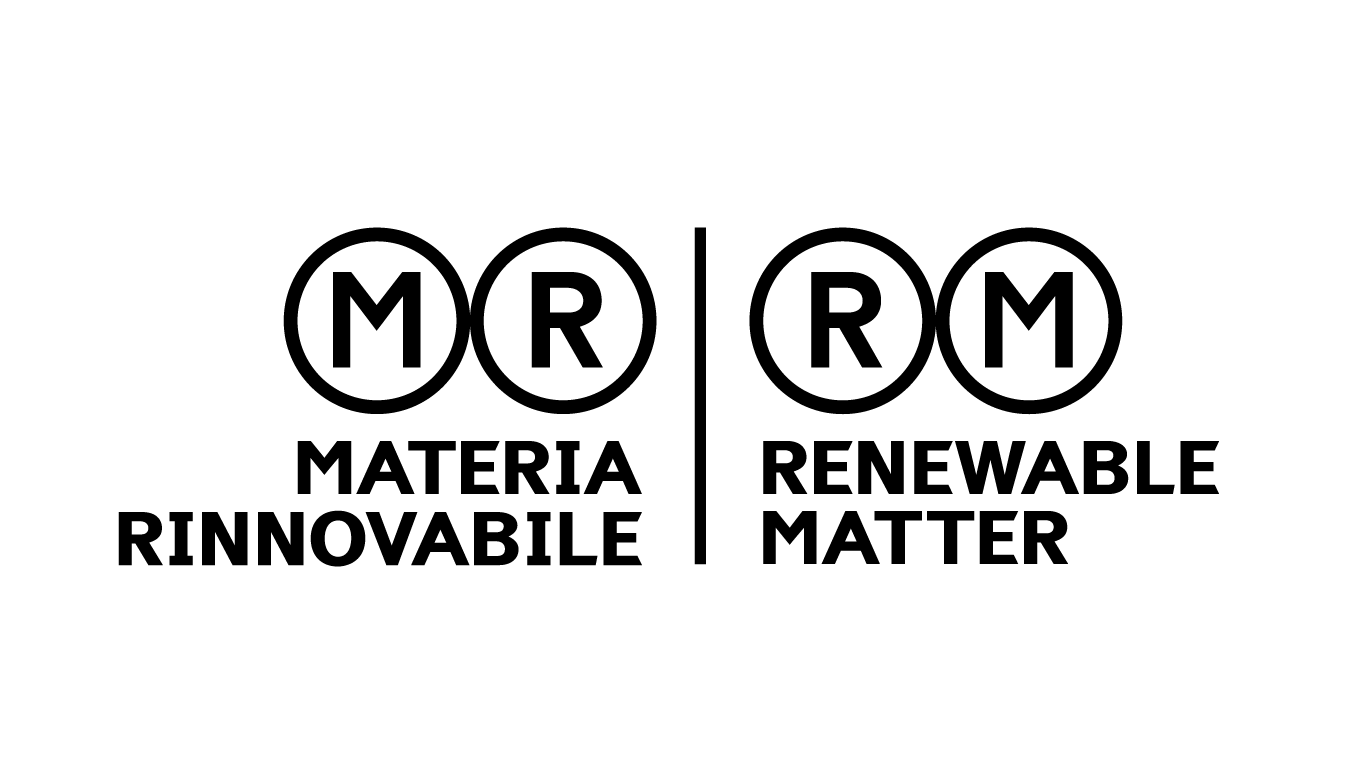
The Think Tank section of Renewable Matter #59, devoted to Infrastructure, brings together a wide range of visions for the future of global infrastructure systems: from the management of large networks that satisfy the basic needs of daily life (water, energy, heat, mobility, communication) to the architectural design of increasingly resilient and inclusive systems.
We interviewed engineer and university lecturer Deb Chachra, who offers an almost philosophical interpretation of the systems that keep our world running, discussing hyperobjects, shared responsibility, infrastructural citizenship and… forests. We then had a look at the portfolio of a big name in international architecture, Carlo Ratti, who explained the principles behind some of his visionary projects.
Finally, we approached the sustainability manager of a major European mobility player, Rete Ferroviaria Italiana (RFI), to find out how they are preparing for the challenge of climate resilience (and many others). Below is a preview of the topics we discussed. You can read the full interviews in Renewable Matter #59.
Deb Chachra: Infrastructure like a forest
Hidden within building walls, beneath our feet, at the bottom of the sea, high above our heads. At times, it is impossible not to notice them: in the case of bridges or dams, they are as impressive and grandiose as monuments. However, most of the time, they are shrouded in a kind of “grey blur” that renders them invisible to our eyes. At least until, for some reason, they stop working.
Infrastructure – electricity grids, water and sewage systems, gas and oil pipelines, telecommunications, transport – makes life as we know it possible. And yet we take it for granted, almost completely ignoring how it works, how it is designed and built, and above all how dependent we are on it.
Indo-Canadian engineer Deb Chachra, author of the bestseller How Infrastructure Works, sat down with Giorgia Marino to discuss how global infrastructure networks shape our lives and transform the environment, and how, hopefully, they will need to change in the future to become more equitable, resilient and sustainable. Less monumental, but more forest-like.
Carlo Ratti: being the architects of the future, instead of its victims
Architect, engineer and professor at MIT in Boston, Carlo Ratti is one of the most influential voices in rethinking the relationship between technology, urban space and collective life. He directs the MIT Senseable City Lab and the CRA-Carlo Ratti Associati studio in Turin, Italy, in which he explores how data, artificial intelligence and automation can turn cities into more sensitive, and not just smarter, places.
From the Venice Biennale to the X-Change project in Alessandria, his research has always had a significant focus on the world of infrastructure and its rapid evolution, in a project vision where innovation and nature come together, and where technology becomes a tool for empathy, equity and social transformation. Emanuele Bompan reached him during his travels to ask him for his thoughts on the future of large infrastructure.
Nicola D’Alessandro, future-proof railways
With approximately 17,000 kilometres of railway lines operated, including over 1,400 kilometres dedicated to high-speed trains, and more than 2,200 stations in service across the entire national network, RFI (acronym for Rete Ferroviaria Italiana) is one of the major operators of global railway infrastructure.
The Group alone consumes the electricity of a small province and is located in Italy, one of Europe's climate hotspots. How can such large and strategic infrastructure become resilient and efficient? Emanuele Bompan had a talk with Nicola D'Alessandro, Head of Sustainability at RFI, to learn more about how they're transitioning from a problematic railway network to a future-proof asset.
DOWLOAD AND READ ISSUE #59 OF RENEWABLE MATTER: INFRASTRUCTURE
Cover: Deb Chachra, Carlo Ratti, Nicola D’Alessandro



